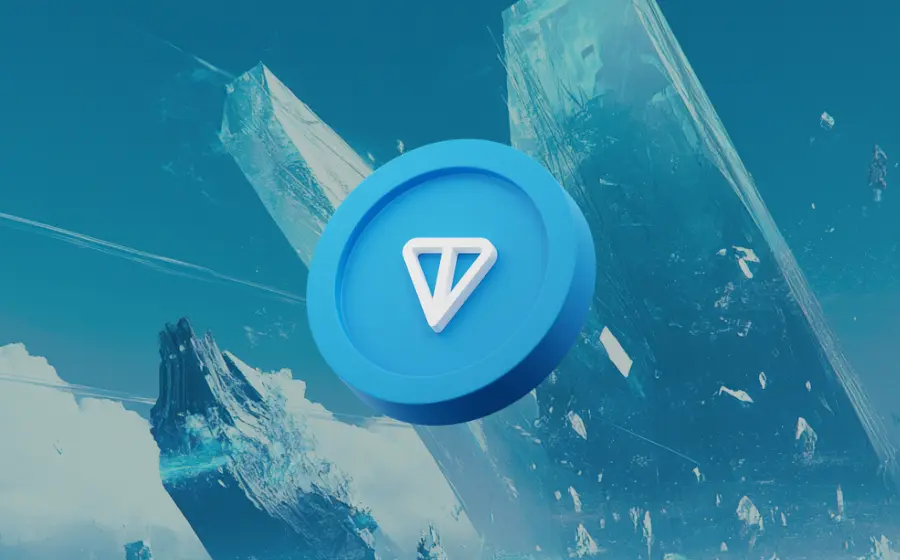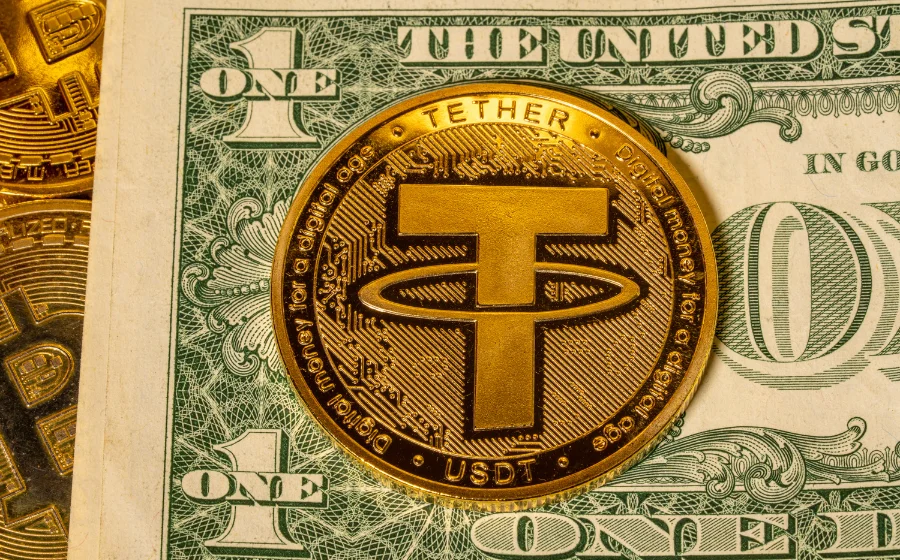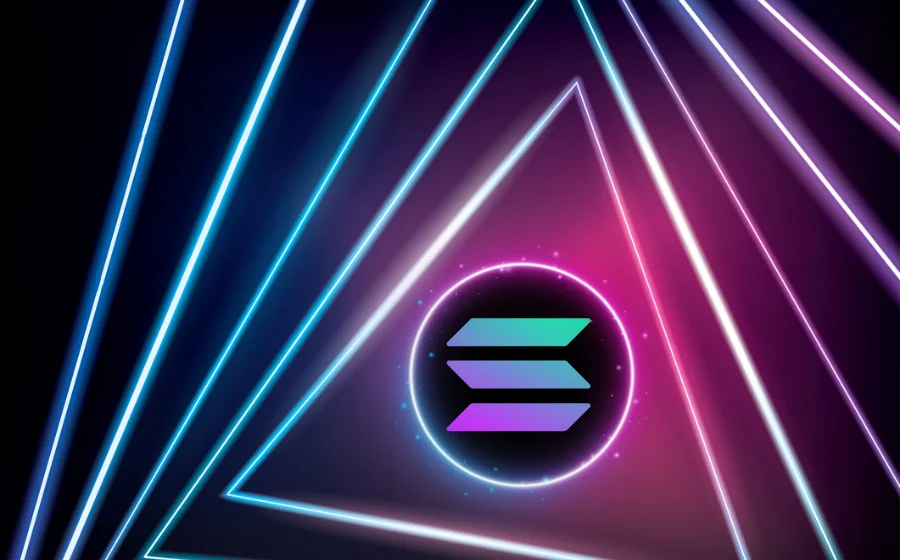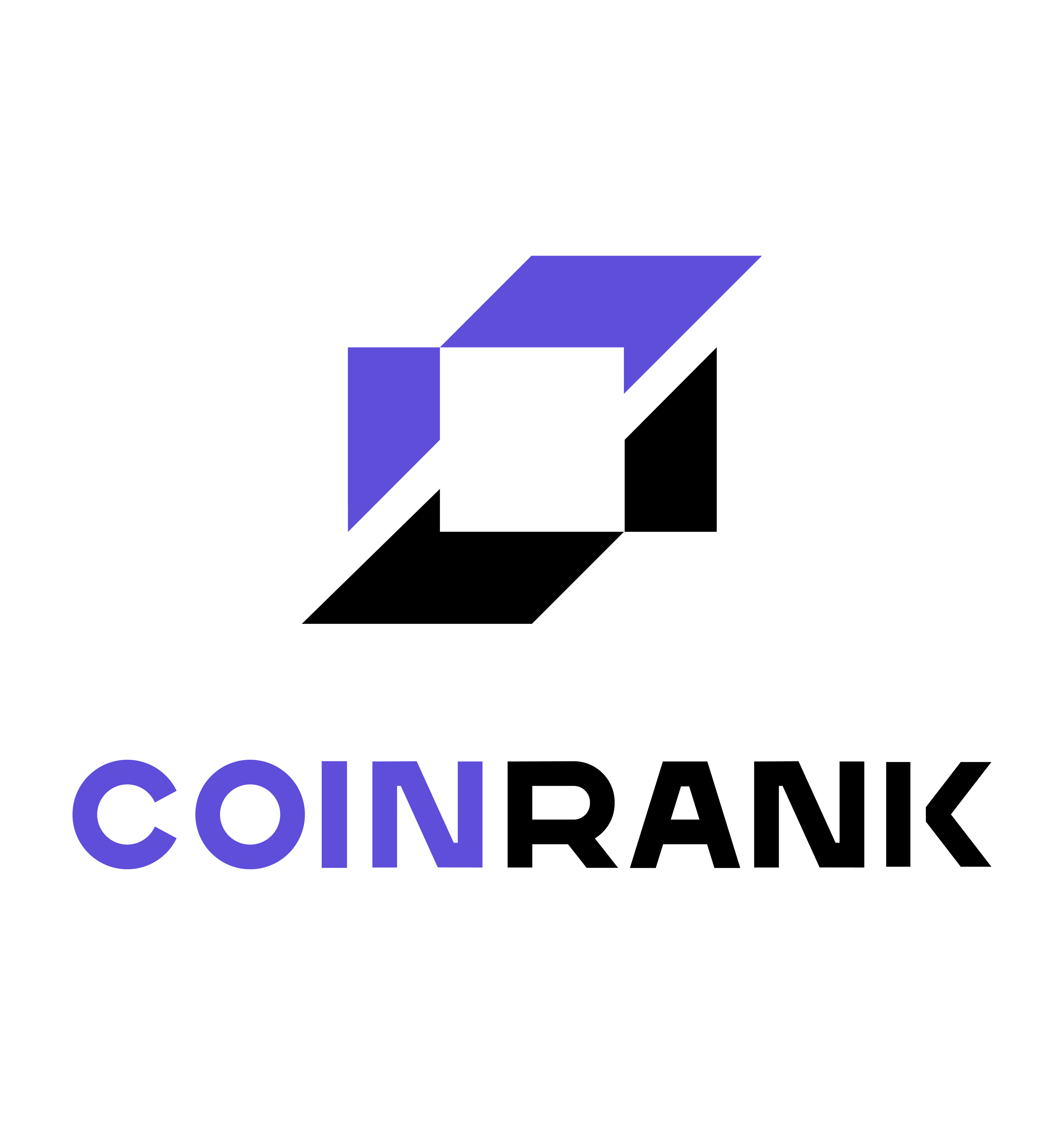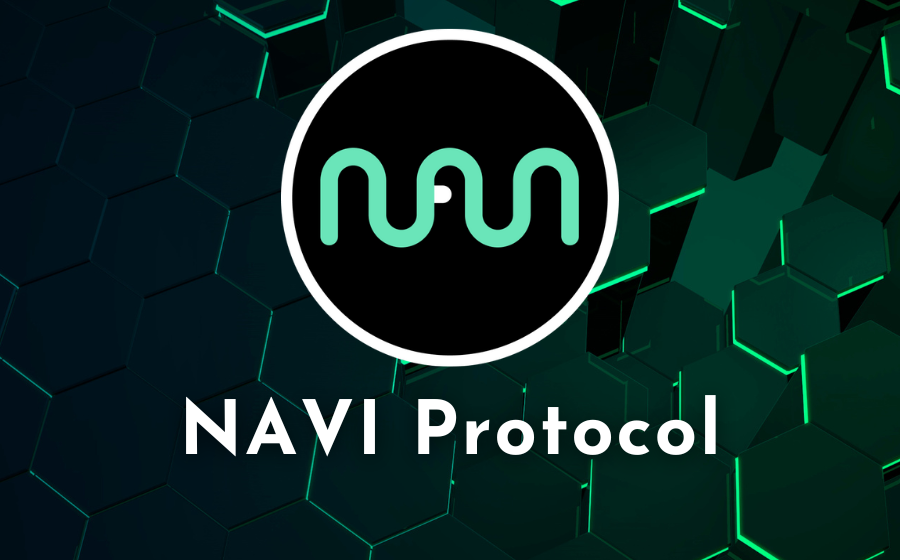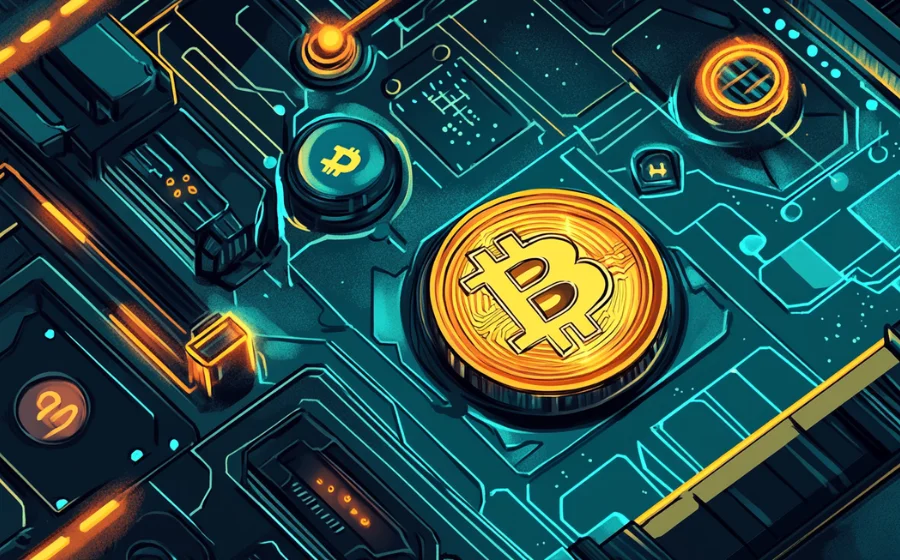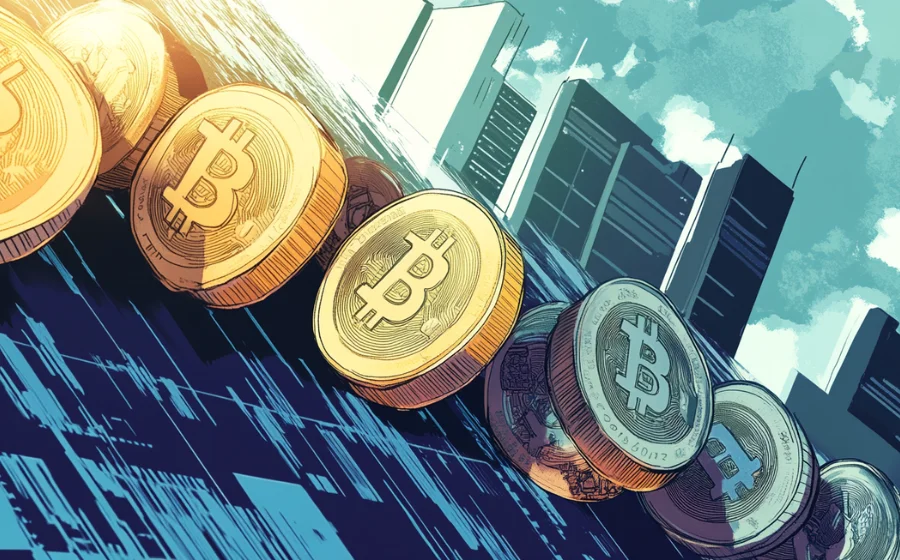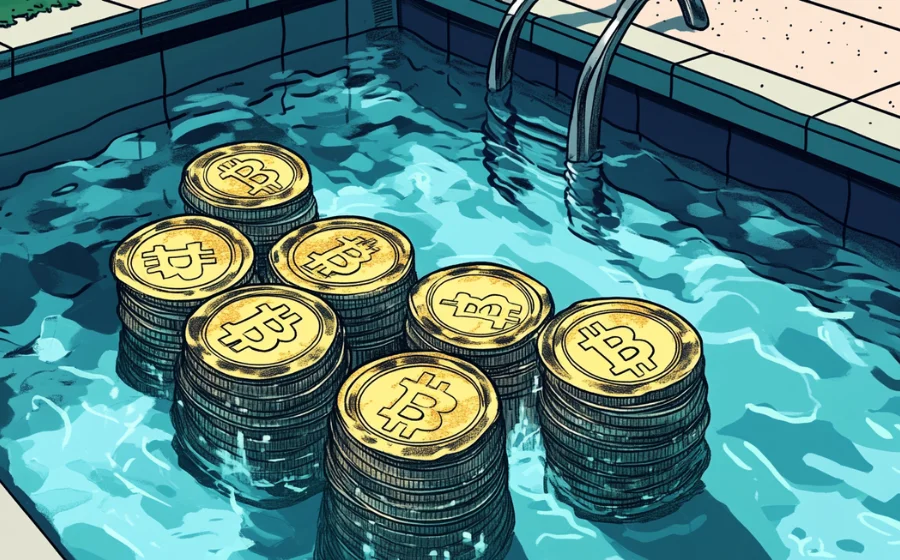
KEYTAKEAWAYS
- Mining Pools enhance block-mining success by aggregating miners' computational power, providing fair and consistent rewards.
- Different Mining Pool reward models, like PPS and PPLNS, cater to diverse mining strategies and risk levels.
- Joining a Mining Pool offers stable income and lower costs but risks centralization and reduced individual earnings.

CONTENT
Mining Pools combine miners’ computational power to boost block-mining success and reward stability. Learn how they work, types, pros, cons, and top pools in the crypto ecosystem.
WHAT IS A MINING POOL?
Mining pool is a crucial component of the cryptocurrency ecosystem, serving as a platform where miners combine their computational resources to enhance their chances of successfully mining blocks and earning rewards.
In simple terms, a mining pool is a collaborative resource-sharing system that increases the stability and efficiency of block rewards.
The more computational power a miner contributes to the mining pool, the higher their potential share of the rewards.
Mining pools are typically managed by professional administrators who oversee the mining pool’s operations and the distribution of rewards.
The fee structure set by the administrators can vary, often taking the form of a percentage of the rewards or a fixed fee per block.
Additionally, administrators provide essential software and technical support to ensure miners can connect seamlessly to the mining pool and participate in mining activities.
The exact number of mining pools worldwide is constantly fluctuating due to market dynamics, and many smaller mining pools may operate without public disclosure.
However, data from analysis reports indicates that the majority of global computational power is concentrated in a few dozen large mining pools.
Prominent players in the industry include Foundry, Antpool, BTC.com, F2Pool, ViaBTC, Brains Pool, Luxor, and Binance Pool, which collectively dominate the Mining Pool landscape.
These major mining pools play a pivotal role in the cryptocurrency ecosystem by providing stable returns for individual miners and contributing to the secure and efficient functioning of blockchain networks.
>>> More to read: What is Crypto Mining?
HOW MINING POOLS WORK?
Mining pool operations rely on the collective effort of participants who contribute their processing power to solve complex cryptographic puzzles and find new blocks.
If the mining pool successfully mines a block, the rewards, typically in the form of the associated cryptocurrency, are distributed among the participants.
The distribution of rewards in a mining pool is generally proportional to each participant’s contribution of processing power or workload relative to the entire group.
This contribution is commonly referred to as “shares.” The more shares a participant contributes, the larger their share of the rewards.
In most cases, the mining pool‘s software is responsible for tracking contributions, calculating each participant’s share, and distributing payments to their respective wallets.
This automated process ensures fair and efficient reward allocation, making mining pools an attractive option for miners seeking consistent returns in the highly competitive mining industry.
>>> More to read: What is Cloud Mining in Crypto?
MINING POOL TYPES IN CRYPTO
1. PPS (Pay-Per-Share)
PPS is one of the most commonly used reward distribution models in mining pools. It offers fairness and stability by paying miners a fixed amount for every valid “share” they submit, regardless of whether a block is successfully mined.
A “share” represents a miner’s contribution to the pool’s computational power. The payout for each share is typically calculated based on the network difficulty and is periodically adjusted.
This system ensures steady rewards for participants, making it a popular choice among miners.
2. Proportional
In the Proportional reward system, miners are rewarded based on the number of shares they contribute toward finding a block. The more shares a miner submits, the higher their reward share.
This model directly ties rewards to contributions, favoring miners with higher hash rates. However, if the mining pool fails to find a block, miners receive no rewards, which introduces an element of risk.
3. Pooled Mining
Pooled Mining involves miners combining their computational resources to mine collectively. This method is especially advantageous for small-scale miners lacking significant computational power.
By pooling resources, miners achieve more consistent and predictable income, as rewards are distributed proportionally based on their contributions.
However, pooled mining centralizes mining power in a few large pools, increasing the risk of 51% attacks and reducing overall decentralization.
4. PPLNS (Pay-Per-Last-N-Shares)
The PPLNS reward system calculates payouts based on a miner’s shares over a set period, incentivizing long-term participation in the mining pool.
This model can be less predictable, as payouts are influenced by network difficulty and block reward fluctuations.
Additionally, it is susceptible to “pool-hopping” attacks, where miners switch pools to maximize short-term rewards.
5. P2P Mining Pools
Peer-to-peer (P2P) mining pools enable miners to collaborate directly without a centralized server.
This decentralized approach increases transparency, gives miners more control, and reduces risks associated with downtime and security breaches.
Popular P2P mining pools include P2Pool, BitMinter, and CKPool. These pools often utilize protocols like Stratum to facilitate miner connections.
6. Geometric Method
The Geometric Method uses geometric progression to estimate mining difficulty and maintain a stable block addition rate.
By adjusting difficulty based on the time taken to mine the last 2016 blocks, this method ensures the Bitcoin network maintains its block production target of approximately one block every 10 minutes.
7. Double Geometric Method (DGM)
The Double Geometric Method introduces complexity to the traditional proportional model by incorporating two formulas: one based on a miner’s total shares and another on the effective shares used to solve a block.
This approach rewards miners based on their overall contribution to the mining pool, even if they didn’t directly solve a specific block.
DGM provides a more inclusive reward system, accounting for both short-term and long-term contributions.
Each type of mining pool caters to different mining strategies and risk preferences, offering miners a variety of options to optimize their rewards and participation in the cryptocurrency ecosystem.
>>> More to read: What Are Liquidity Pools?
MINING POOLS ADVANTAGES & DISADVANTAGES
➤ Advantages of Mining Pools
1. Increased Block Mining Rate
By combining the computational power of multiple miners, mining pools significantly improve the chances of solving blocks and earning rewards compared to individual mining efforts.
2. More Stable Income
Unlike the unpredictable rewards of solo mining, mining pools provide consistent payouts to their members, creating a more reliable income stream.
3. Shared Mining Costs
Mining pools allow participants to pool resources, reducing individual expenses related to hardware, electricity, and other operational costs.
4. Access to Advanced Mining Equipment
Many mining pools utilize specialized hardware, faster network connections, and unique software that individual miners may not have access to. This enhances overall efficiency and profitability for members.
➤ Disadvantages of Mining Pools
1. Reduced Individual Earnings
Although mining pools increase the likelihood of earning rewards, the payouts are divided among all contributors based on their share of computational power, often resulting in lower individual profits compared to solo mining.
2. Dependence on Pool Operators
Members rely on the mining pool operators to effectively manage operations and distribute rewards fairly. Poor management or dishonest operators can lead to lost earnings or other issues.
3. Centralization of Mining Power
As more miners join large mining pools, the decentralization of the network may be compromised. A few dominant pools can gain excessive control, increasing the risk of centralization and potentially threatening the integrity of the blockchain.
4. Increased Mining Costs
Many mining pools charge fees for their services, which can reduce overall profitability for participants. These fees vary widely depending on the pool and the cryptocurrency being mined.
By weighing these pros and cons, miners can decide whether joining a mining pool aligns with their goals and resources.
>>> More to read: Will Bitcoin Mining Make Money After 2024?

